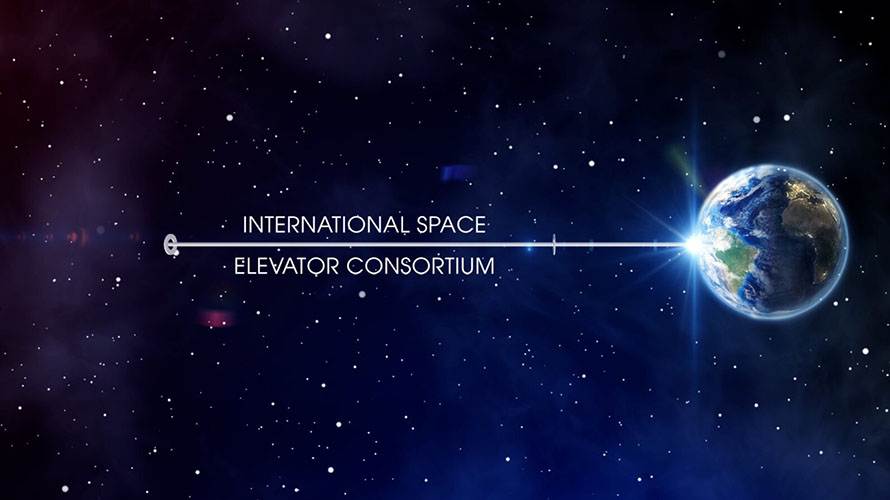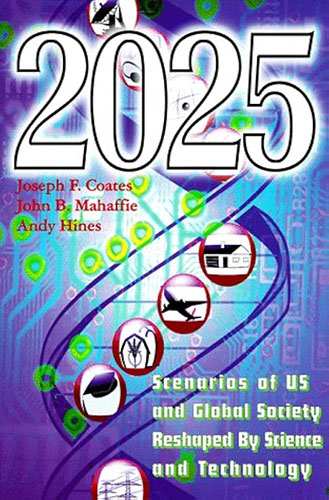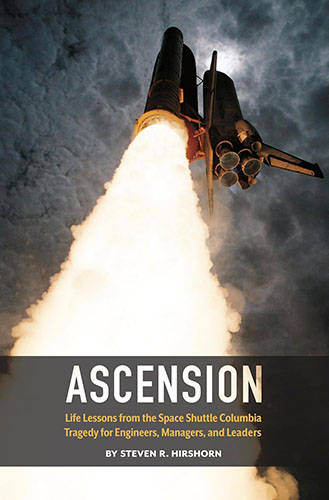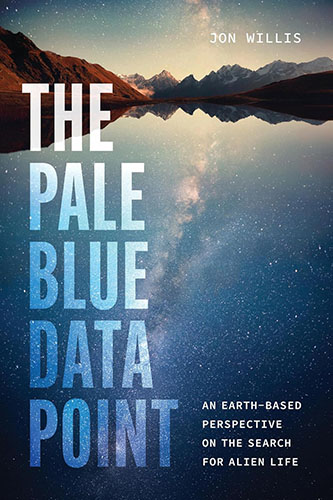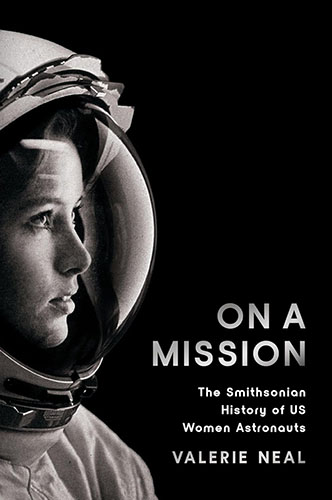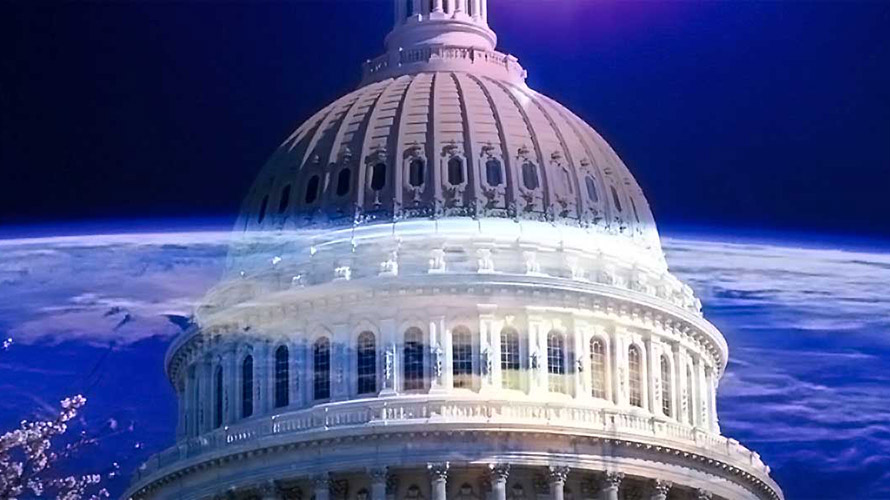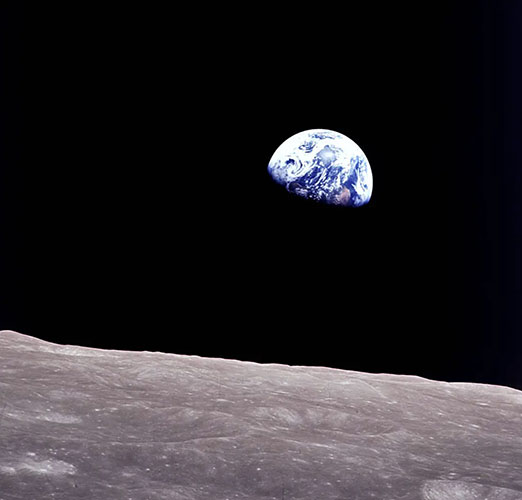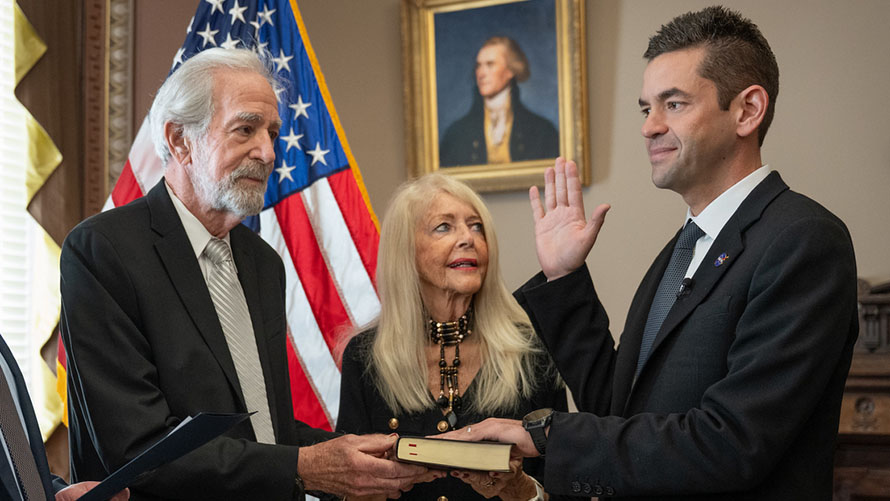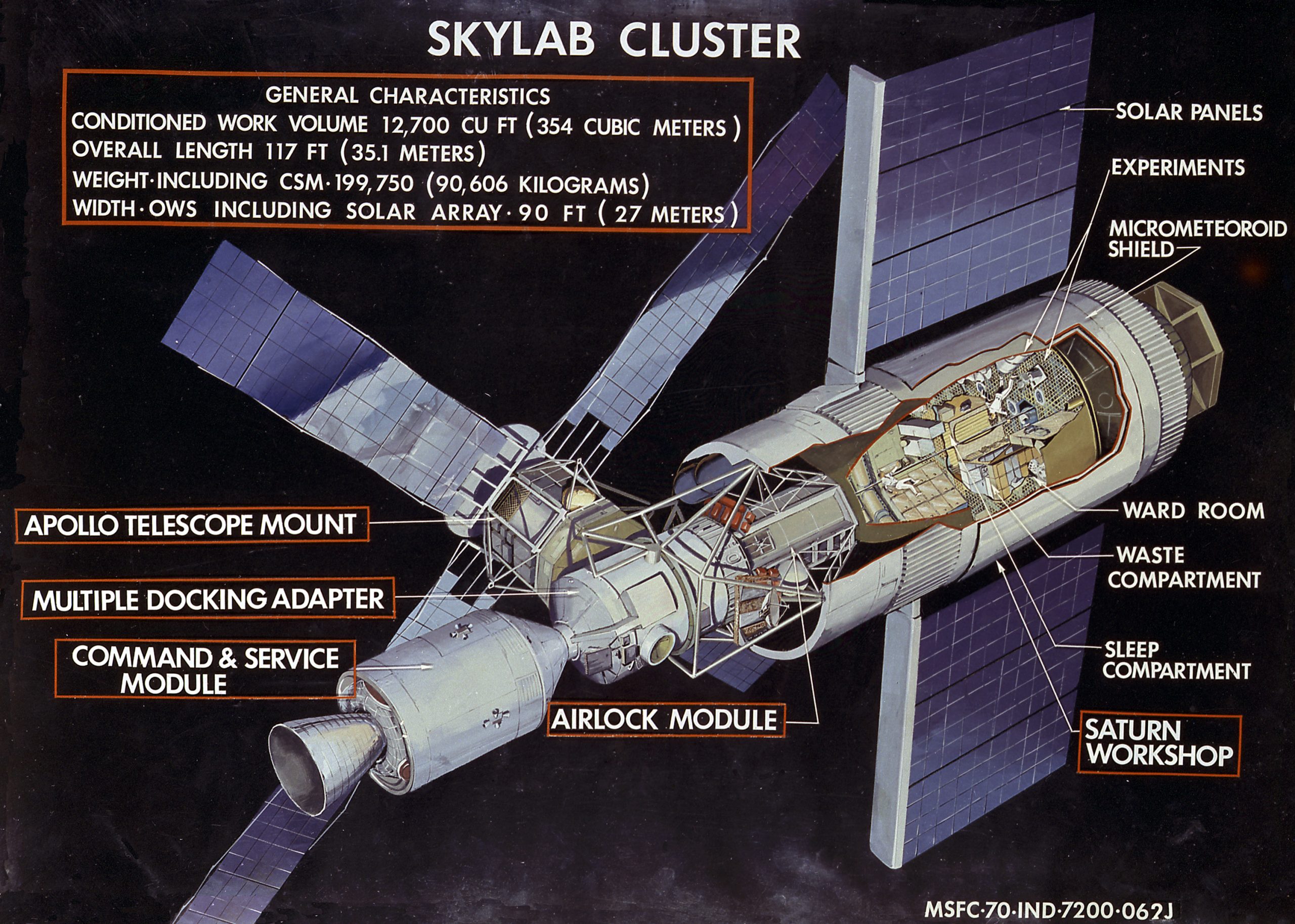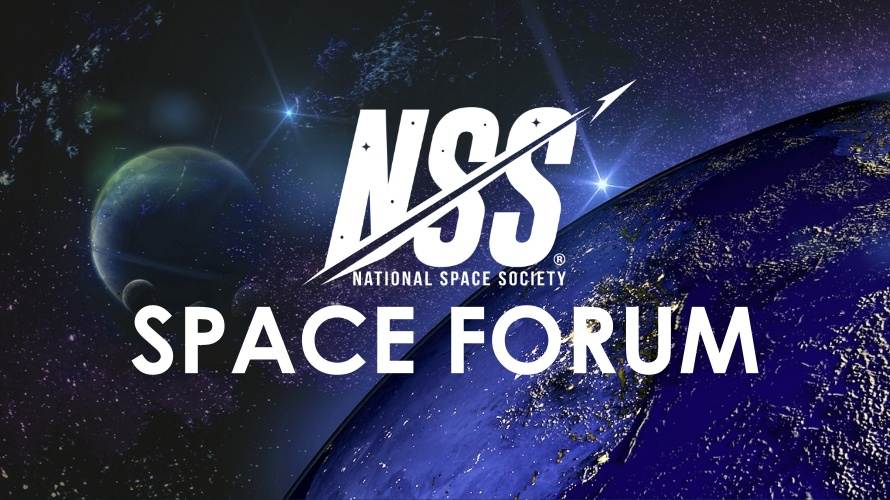The International Space Elevator Consortium (ISEC), in conjunction with the National Space Society (NSS), is conducting a student academic challenge contest regarding the concept of space elevators.
First prize is $2000 and a total of $7000 in prizes will be awarded. The contest is for individual students or teams of up to four students from around the world. The contest will be in two phases as described below. The first phase is to submit a paper of up to 15 pages by January 1, 2025.
Space Elevators
A space elevator consists of a tether some 100,000 km long suspended between the Earth and a counterweight (Apex Anchor). The identification of a suitably strong material (single crystal graphene super laminate) to build a space elevator could possibly make it a reality in your lifetime. If it could be built, a space elevator could raise 170,000 metric tons to space every year, the equivalent of 8500 Falcon Heavy launches, and with no atmospheric pollution—a “green road to space.” Space elevators could enable such massive movement of cargo to GEO and beyond in a safe, environmentally friendly, daily and routine way, at lower cost than rockets – thus transforming the approach for humanity to escape Earth’s gravity. For information about space elevators and their capability visit isec.org.
The Challenge
HIGH SCHOOL: Development of a Settlement on the Space Elevator’s Earth Apex Anchor
The first challenge, for High School students, is to develop and design an “intermediate space settlement” on the Space Elevator’s Apex Anchor to house over 10,000 individuals. This will act as a “waystation” for missions to the cosmos. You will need to consider what the design, missions, structure, organization, architecture, life support, etc., at such a waystation would be like. How big would it need to be? What would be the optimal size? How will it take advantage of the lift capabilities of the Space Elevator?
UNIVERSITY: Development of a Space Settlement at the Earth-Moon L5 Point—Utilizing Earth’s Space Elevator
The second challenge, for University Students, focuses on a development and plan for a space elevator to support the construction and logistical requirements for a 10,000-to-140,000-person space settlement at the Earth-Moon L5 point utilizing Earth’s Apex Anchor. Could we build a community at the Earth-Moon L5 point? You will need to consider the size and scope of the project. What would the architecture, structure, life support, activities look like? How could construction and logistical support be facilitated using a space elevator(s)? What would be your logistics and transportation plan from Earth’s Apex Anchor? You will need to develop an operational concept to build and sustain an Earth-Moon L5 community. What would be the role of a space elevator(s) in building and supporting this effort? How will you take advantage of the lift capabilities of a Space Elevator?
The Contest
All participants will be provided with access to large numbers of papers about the space elevator.
Phase 1 submissions (a paper of up to 15 pages) must be submitted by January 1, 2025. Semi-finalists will be selected and notified by January 15, 2025. Phase 2 submissions will consist of a video MP4 up to 10 minutes by February 15, 2024.
Separate prizes will be awarded for high school and university entries. First Prize is $2000, Second Prize is $1000, and Third Prize is $500 in each of these two categories. Prize money will be equally divided among team members. Winning submissions will be published on the ISEC YouTube channel and other social media. High School winners will be invited to present at the NSS International Space Development Conference June 10-22, 2025, in Orlando. University winners will be invited to present at the NSS Space Settlement Summit in the Fall of 2025.
For detailed rules and guidelines for the contest see https://www.isec.org/academic-challenge.
The International Space Elevator Consortium (ISEC) promotes the development, construction and operation of a space elevator infrastructure as a revolutionary and efficient way to space for all humanity. ISEC is an affiliate of the National Space Society.

